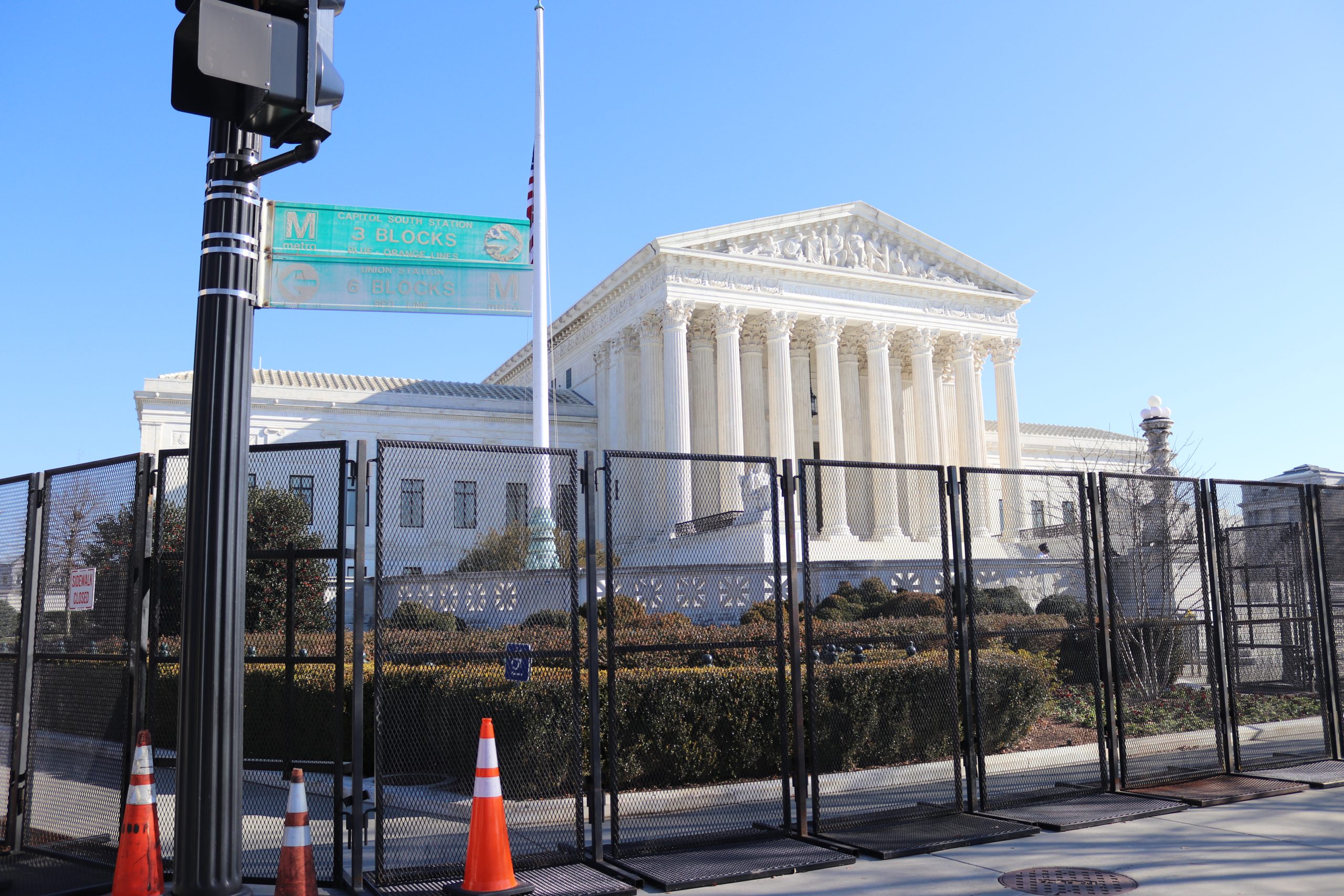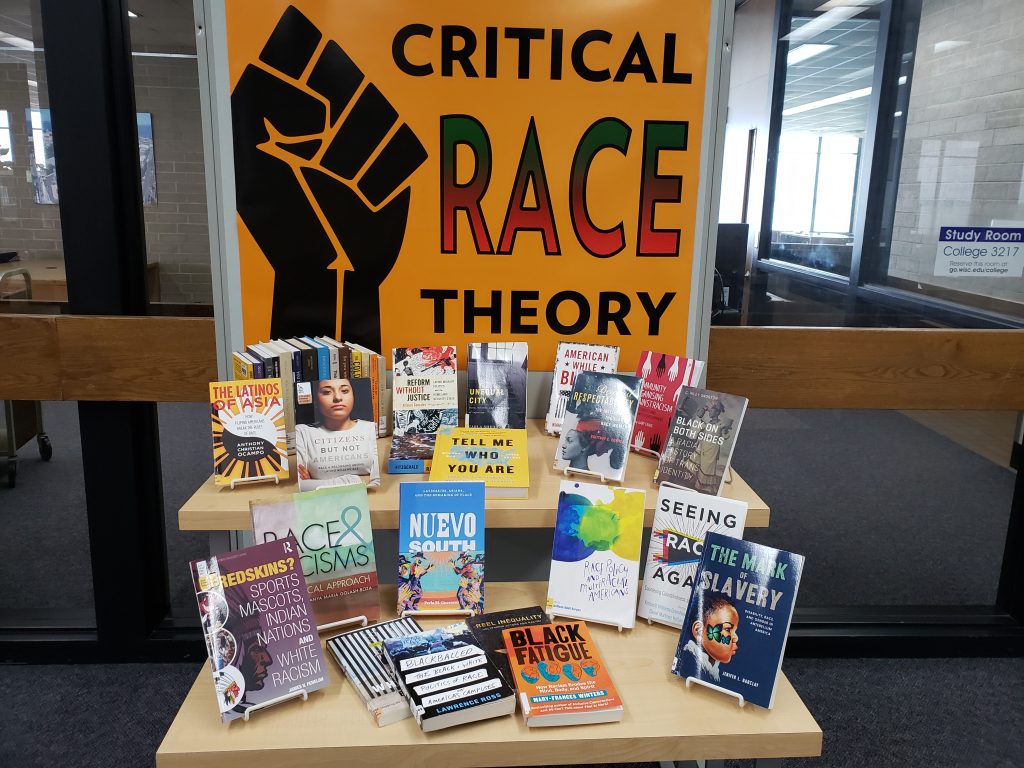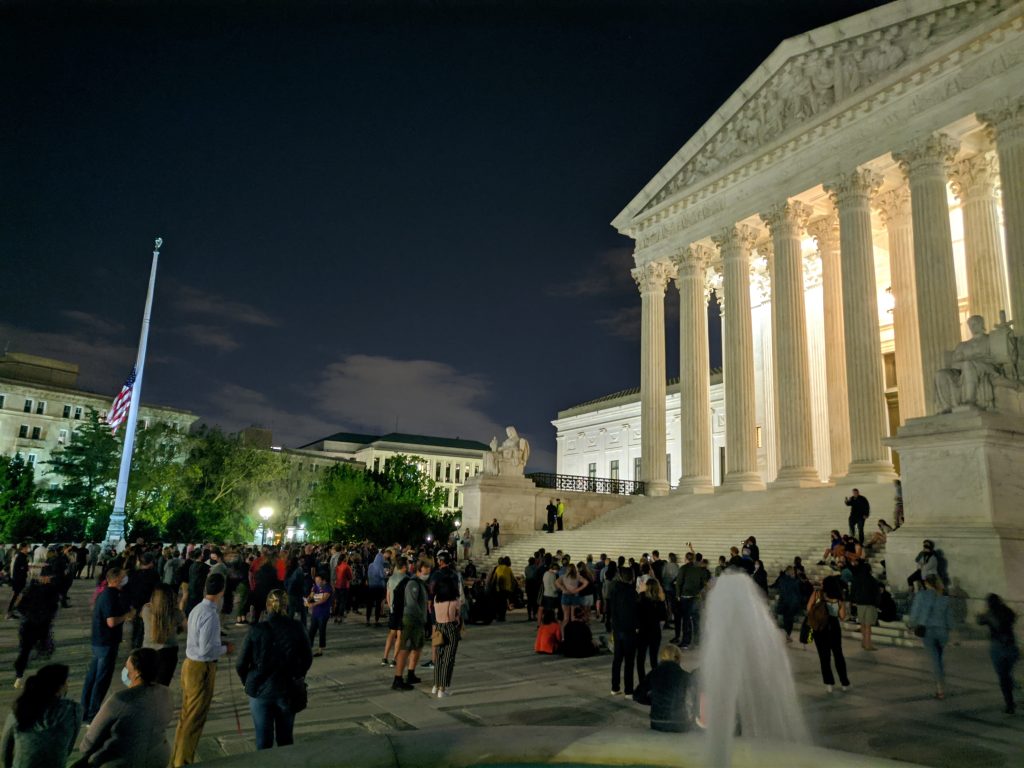
12 Apr CRT Fearmongering Makes Its Way Into The Justice System
Until just a couple of years ago, almost no one had heard of, much less given much thought to, the term “critical race theory.” Known more commonly as CRT, Education Week‘s Stephen Sawchuk describes critical race theory as “an academic concept that is more than 40 years old.” “The core idea is that race is a social construct,” Sawchuk writes, “and that racism is not merely the product of individual bias or prejudice, but also something embedded in legal systems and policies.”
As Sawchuk explains, “[t]he basic tenets of critical race theory, or CRT, emerged out of a framework for legal analysis in the late 1970s and early 1980s created by legal scholars Derrick Bell, Kimberlé Crenshaw, and Richard Delgado, among others.” The example of CRT that Sawchuk used is a good one, too: “A good example is when, in the 1930s, government officials literally drew lines around areas deemed poor financial risks, often explicitly due to the racial composition of inhabitants. Banks subsequently refused to offer mortgages to Black people in those areas.”
But, as Sawchuk notes, CRT has become a matter of “sharp disagreement” in the U.S. “Is ‘critical race theory’ a way of understanding how American racism has shaped public policy,” he asks, “or [is it] a divisive discourse that pits people of color against white people?”
For the most part, the fearmongering over CRT “pit[ting] people of color against white people” has focused on schools and children. Whether it’s letting children honestly learn about people of color ranging from Martin Luther King, Jr., to Roberto Clemente or allowing teachers to use words like “equity” and “diversity,” critics have claimed that CRT is teaching children to hate their country, their neighbors and themselves. And now, these critics claim, CRT is invading our justice system.
According to Fox News, CRT is infiltrating Cook County’s criminal justice system.
Last month, Fox News’ Hannah Grossman published a piece about the “unprecedented” move by the Justice Advisory Council in Cook County, Illinois’ largest county and the home to Chicago, to “inject[] ‘racial equity’ into criminal justice system with org steeped in CRT….” That “org steeped in CRT” is the regional partner for Crossroads Antiracism Organizing and Training in Chicago, known less formally as “Chicago ROAR.”
According to Grossman, “Fox News Digital found that Chicago ROAR’s philosophy is deeply embedded with the tenets of critical race theory.” Specifically, Grossman cites the fact that Chicago ROAR “seeks to redress U.S. power structures, ‘dismantle systemic racism’ and end ‘white supremacy culture’ ” as proof that the organization remains “steeped in CRT.”
To be fair, Grossman’s description of what Chicago ROAR seeks to do isn’t necessarily wrong. According to its website, “Crossroads’ mission is to equip institutions with shared language, frameworks, practices and tools that will assist them in” doing two things:
- “diagnosing how their institutions are structured to uphold white supremacy culture and systemic racism and”
- “deploying strategies aimed at animating antiracist ways of being that result in racially equitable institutional culture and practices.”
Perhaps unsurprisingly, Grossman’s piece offers no meaningful discussion about the role racism has played in our country’s justice system or an explanation as to why that role is off limits now. Instead, it merely assumes that any acknowledgement of racism is bad and, as a result, that Cook County owes people an explanation as to why it might want to address it: “Cook County did not directly answer why it was using a consulting organization with ideology connected to critical race theory.”

But you can’t talk about our Supreme Court’s history without talking about racism.
A simple Google search makes it obvious that our country’s criminal justice system reeks with racism. It wasn’t all that long ago, for instance, that our country’s highest court was answering questions like the one before it in Dred Scott v. Sandford: “[C]an a negro whose ancestors were imported into this country and sold as slaves become a member of the political community formed and brought into existence by the Constitution of the United States, and as such become entitled to all the rights, and privileges, and immunities, guarantied by that instrument to the citizen, one of which rights is the privilege of suing in a court of the United States in the cases specified in the Constitution?”
Almost half a century later, in Plessy v. Ferguson, the United States Supreme Court revisited a similar issue, leaving, among other issues, “the question of the proportion of colored blood necessary to constitute a colored person, as distinguished from a white person,” as a question “upon which there is a difference of opinion in the different States….” Even the dissenting justice in that case (the judge who opposed the separate-but-equal law at issue) talked about racism in a way that, hopefully, shocks the conscience now: “The white race deems itself to be the dominant race in this country. And so it is in prestige, in achievements, in education, in wealth and in power. So, I doubt not, it will continue to be for all time if it remains true to its great heritage and holds fast to the principles of constitutional liberty.”
You also can’t talk about policing and prosecutors without racism coming up either.
While these Supreme Court cases might seem too far removed from the everyday grind of America during the late 1800s and early 1900s, it’s impossible to talk about our justice system’s history without discussing anecdotes like the one Nicholas Dawidoff told in The Other Side of Prospect. Dawidoff writes about Herbert Lee Fields (he calls him Herbert Sr.) who lost his family’s farm to a police officer named Bill Wolfe.
Officer Wolfe apparently told Herbert Sr. that “there was a problem at the bank regarding his farm” and that an “audit” was taking place. Officer Wolfe, using his power as a police officer, demanded Herbert Sr.’s property deed for the farm and his bank book. “Nothing to worry about,” the officer would say. “[I]t would all be returned after everything was cleared up.”
Over and over again, Officer Wolfe came and demanded the deed and the bank book. And over and over again, Herbert Sr. refused. But, eventually, Herbert Sr. gave in, and, as a result, his family lost their farm. “The Fiedses’ deeds disappeared, never to be seen again,” Dawidoff wrote. “[A]nd suddenly the cash crops the Fields family grew belonged to someone else and they were sharecroppers on their own land.”
As Dawidoff explains in his book, there are no longer any records that Herbert Sr. or his family ever owned the farm that the officer stole from them. There is, however, a not-so-coincidental record from the late 1930s, the same time Herbert Sr.’s family said the officer stole their property, where the property transferred to a new owner. The new owner? Bill Wolfe.

Our justice system’s history has racism all over it. Fearmongering about CRT won’t change that.
It’s important to have legitimate conversations about what and how children learn about our country’s history of racism in school. While I believe the conversations that are currently taking place on CRT are far, far different from those legitimate conversations, I still understand why parents might have concerns surrounding those conversations.
But police, prosecutors, judges and the other key players in our criminal justice system aren’t children. The system they work in is powerful system. And it also has a history filled with racism.
Not too long ago, a white police officer could literally steal a Black family’s farm and profit off of the ill-gotten land for generations. The Black family couldn’t turn to the courts for help because, in Dred Scott v. Sandford, the Supreme Court had already ruled that Black people did not have “the privilege of suing in a court of the United States….”
Put more simply, the justice system — and any justice that might come with it — was not available to you if you were not Black. With a system like that, the dissenting justice in Plessy v. Ferguson wasn’t necessarily wrong: “The white race deems itself to be the dominant race in this country. And so it is in prestige, in achievements, in education, in wealth and in power. So, I doubt not, it will continue to be for all time if it remains true to its great heritage and holds fast to the principles of constitutional liberty.”
That sounds like the kind of system we might want to “inject[] ‘racial equity’ into….”

